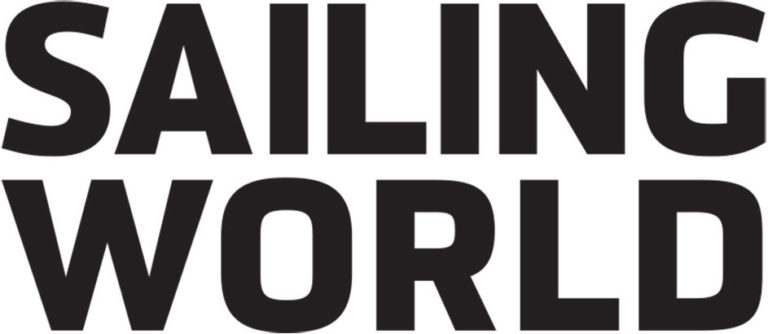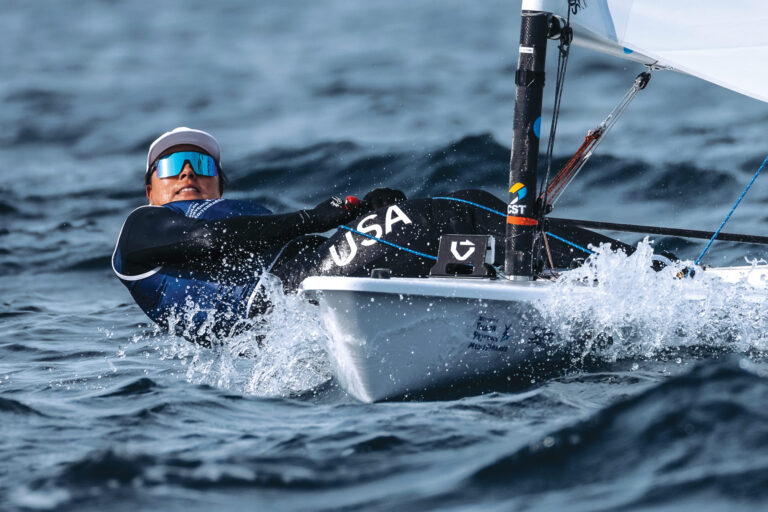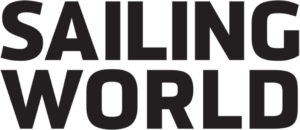
In sailing, there are two things we can all count on when we hit the water. The first is that you will encounter some amount of uncertainty, and the second is that everyone—you, your teammates, your competitors, and even the race committee—will all eventually make mistakes. Whether we’re competing at the Olympics, the Orange Bowl or our weeknight beer-can series, each of us will have our slipups, possibly without ever knowing. The winner simply makes the fewest, or least consequential, mistakes.
Strategies for success are simply any effort that anticipates and minimizes mistakes—not necessarily eliminating them outright, because we are human after all. No single strategy is bulletproof, and everyone has a different way of seeing the world, so we have to find the approach that works for each of us, an approach that can be repeated on a daily basis.
To get started, I highly recommend a book called Checklist Manifesto by Atul Gawande. Gawande demonstrates how even the most skilled experts in many fields make preventable errors that can be minimized by using checklists. Pilots, for instance, follow preflight checklists to ensure all essential safety measures are completed, rather than depending solely on memory or routine. The aviation industry accepts the fallibility of the human brain, and in sailing we should too. Whether we are checking over the boat after rigging, pushing off the dock for the first race, or packing the spinnaker between races, under stress, our brains can skip over regular and crucial steps. So, putting structure and routine around mundane but consequential tasks will go a long way in minimizing mistakes.
Over two Olympic campaigns with my teammate, Stephanie Roble, we lived by our pre-race checklist. Every day, when we hit the slipway to launch, I would say our checklist aloud to her: “Stern plug, tracker and signed out?” Without fail, she would respond: “Yes, yes, yes!” This ritual allowed us to avoid losing points or warmup time due to embarrassing procedural errors, like forgetting to sign out at the race office or filling our boat with water. If your boat has a stern plug, you know what I’m talking about. Our checklist allowed us to share the burden of routine high-stakes tasks and added predictability to somewhat annoying questions, like, “Did you remember the stern plug?”
“A checklist could and should include a simple head count, a sail inventory confirmation, and a spot check of the crucial rigging steps.””A checklist could and should include a simple head count, a sail inventory confirmation, and a spot check of the crucial rigging steps.”
— Maggie Shea
Equipment preparation is another area that benefits greatly from checklists. Preventive gear maintenance is a controllable variable that may not win races for you, but failing to do it can potentially cost you points, money and time. Over the past six years of Olympic sailing, our team had extensive boatwork checklists that helped us avoid losing points in a single race due to gear failure. Any time we had a gear failure on the water, we would add another line to our checklist or another item to our spare kit. We also derived some confidence from knowing that we had inspected all the pins, split rings and bolts. Knowing that your boat is in top shape is an easy confidence booster.
And this is not a routine exclusive to Olympians and professional teams. Think of how you can apply it to your weekend club racing program. It happens a lot where someone’s rushing to the boat from work, delayed in traffic or trying to find a parking spot. A checklist could and should include a simple head count, a sail inventory confirmation, and a spot check of the crucial rigging steps. To ensure it happens every week, assign one crew to confirm the checklist before dock lines are cast.
Checklist routines can also help keep communication positive and predictable. Often, our emotional reactions to the previous race—whether good or bad—permeates the post-race debrief. It can be really hard to talk about the takeaways from a race that didn’t go according to plan. This is where routine comes in. As a team, decide what questions you are going to answer and when. Then keep it consistent. We found it helpful for everyone to have a minute to regroup, grab water and cool off, and then have a predictable set of questions to answer that would help us learn and reset for the next race.
In a sport characterized by elements beyond your control, checklists and routine can minimize preventable mistakes and free up mental space for the creative decision-making that wins races.
Olympian Maggie Shea is now the Executive Director of the Chicago Yacht Club Foundation.









